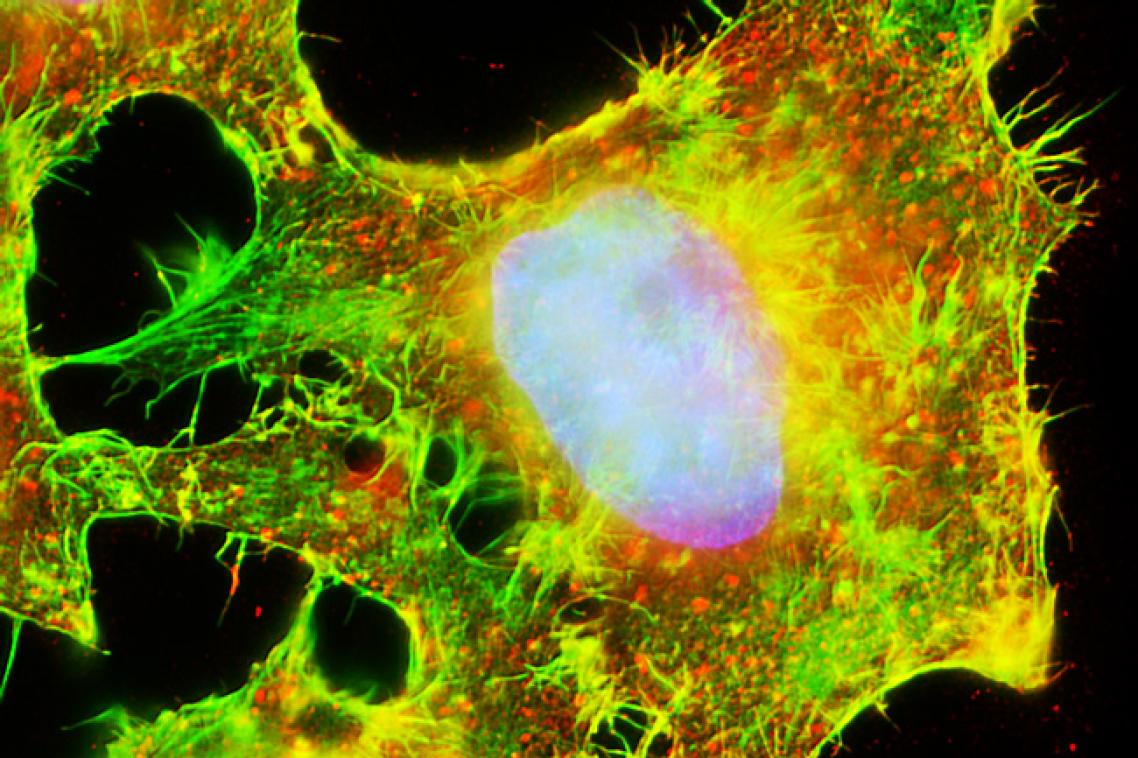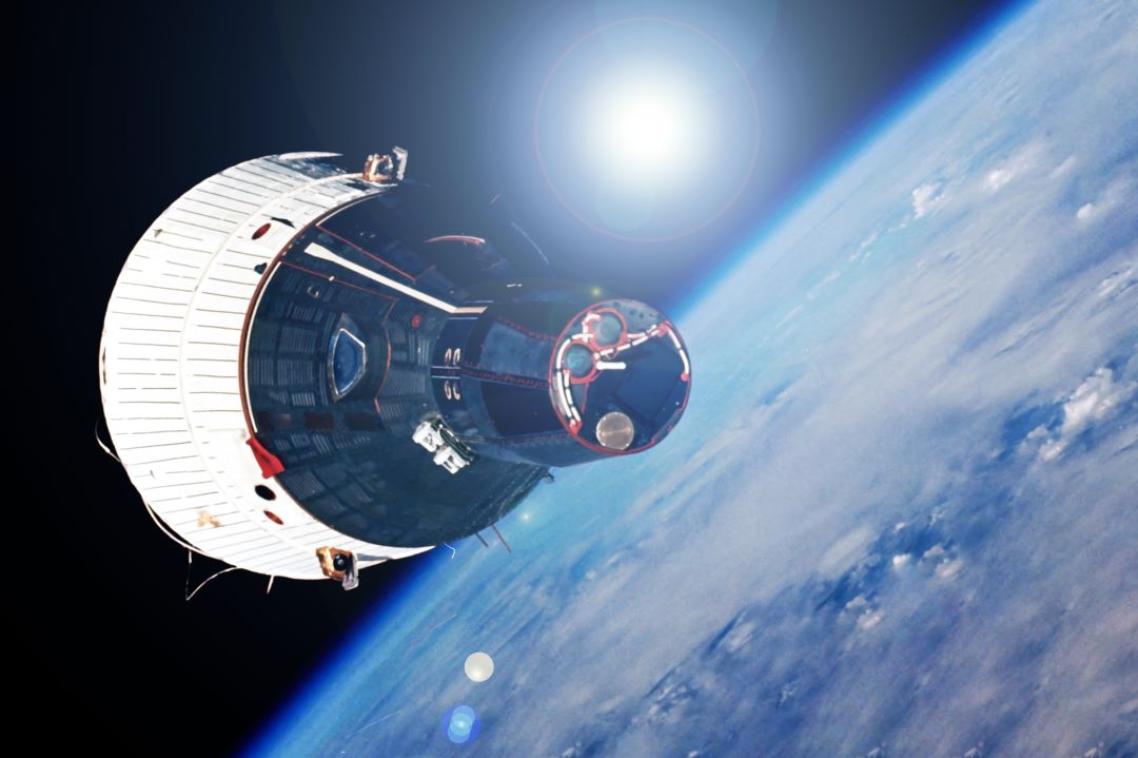Imaging centre to unravel secrets of immune system

University of Queensland researchers will play a key role in a new $39 million research centre working to unravel the secrets of the immune system.
The Australian Research Council (ARC) Centre of Excellence in Advanced Molecular Imaging will bring together physicists, chemists and biologists from five universities, with UQ researchers leading the Queensland node.
Professor David Fairlie, from UQ's Institute for Molecular Bioscience, said the program would deliver new insights into the molecules and cellular mechanisms involved in diseases such as cancer, infectious diseases and autoimmune diseases.
"We will use almost every microscopy and imaging technology possible to unravel the mysteries of the immune system and change the way we see it," he said.
“My research group is heavily involved in studying inflammation – the body’s response to infection, injury and disease.
“The centre will enable us to ask new questions about immunity and disease, how the immune system responds, and how we can potentially interfere with or mimic the molecular interactions that underpin immunity.
Professor Fairlie said the centre would involve collaboration among researchers working across a range of fields.
“This makes it the perfect environment to ask the toughest research questions and have them answered in many different and exciting ways by some of our nation’s best scientists."
UQ's associate investigators are Associate Professor Matt Sweet and Dr Kate Schroder, both from the Institute for Molecular Bioscience, and Professor Ranjeny Thomas from the University of Queensland Diamantina Institute.
The centre also includes researchers from La Trobe, Melbourne, Monash and The University of New South Wales.
Partners include the Australian Nuclear Science and Technology Organisation, The Australian Synchrotron, Carl Zeiss Pty Ltd, Deutsches Elektronen-Synchrotron (Germany), Leica Microsystems Pty Ltd and the University of Warwick (UK).
Professor Farlie recently received almost $1.2 million from the National Health and Medical Research Council for his inflammatory diseases research, including developing new ways to treat diet-induced obesity and metabolic disease.
Media: IMB Communications Manager Gemma Ward, 073346 2134 or g.ward1@uq.edu.au
Related articles

Thousands of Queensland reef photos lead to worldwide change

UQ to conduct world-first tests into effectiveness of magnetic heat shields for atmospheric re-entry of large spacecraft
Media contact
UQ Communications
communications@uq.edu.au
+61 429 056 139
